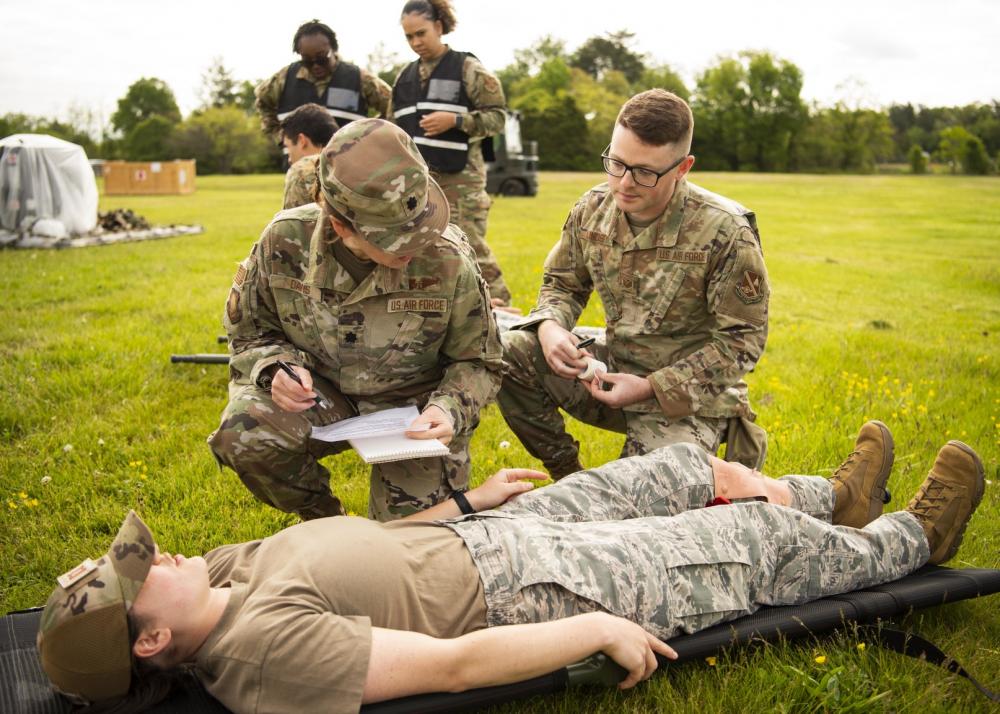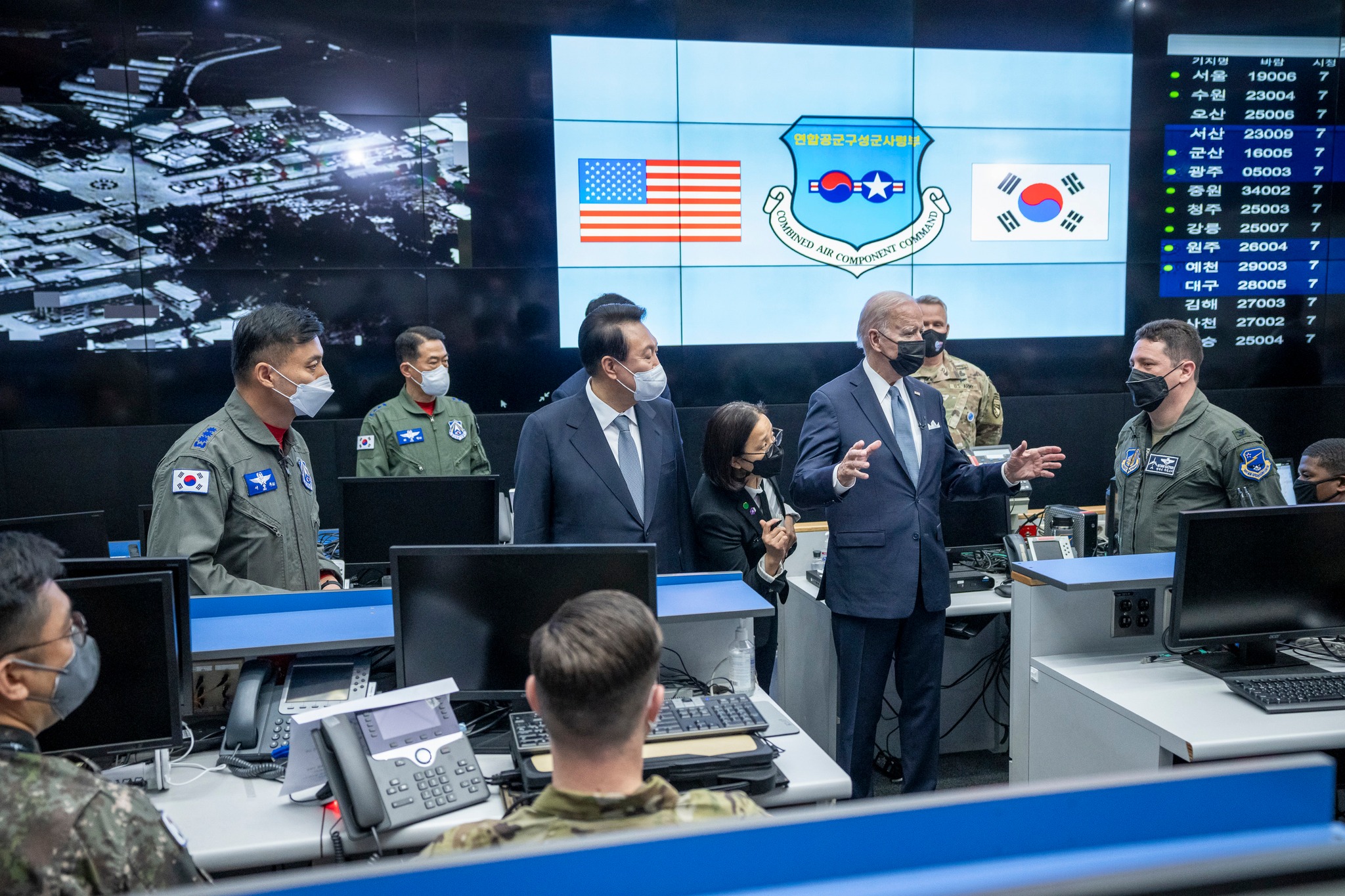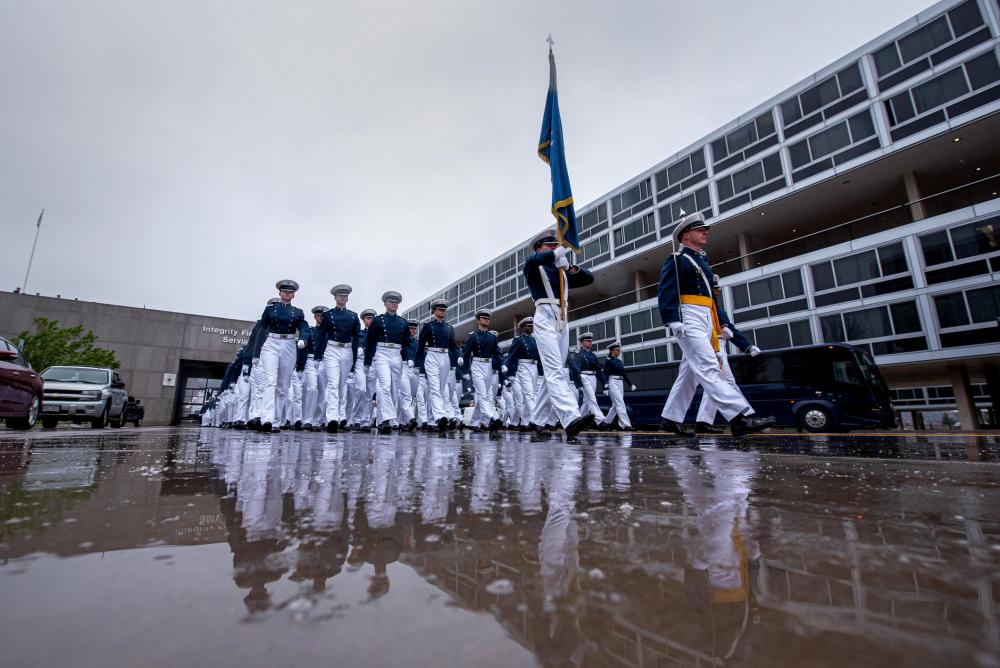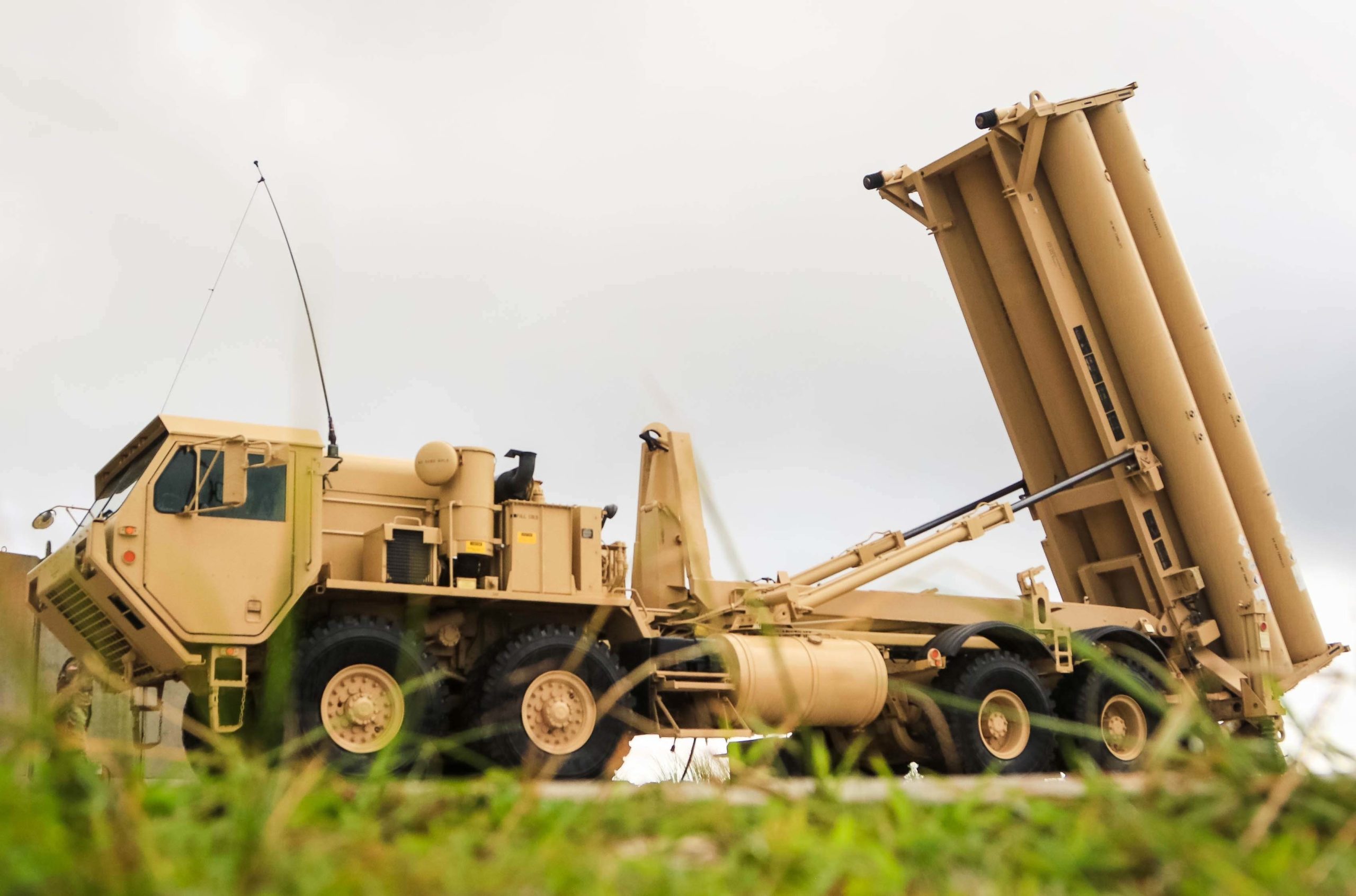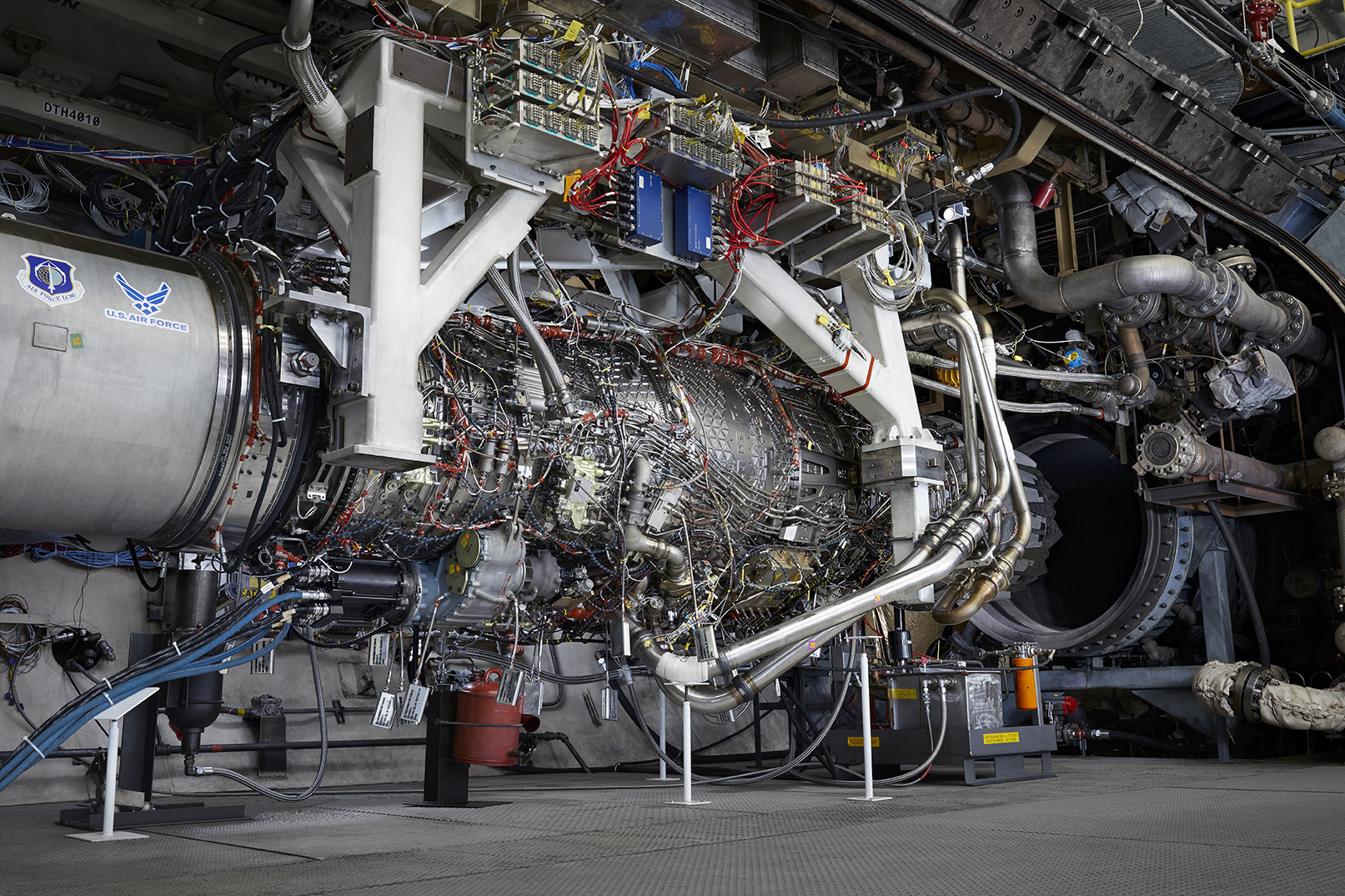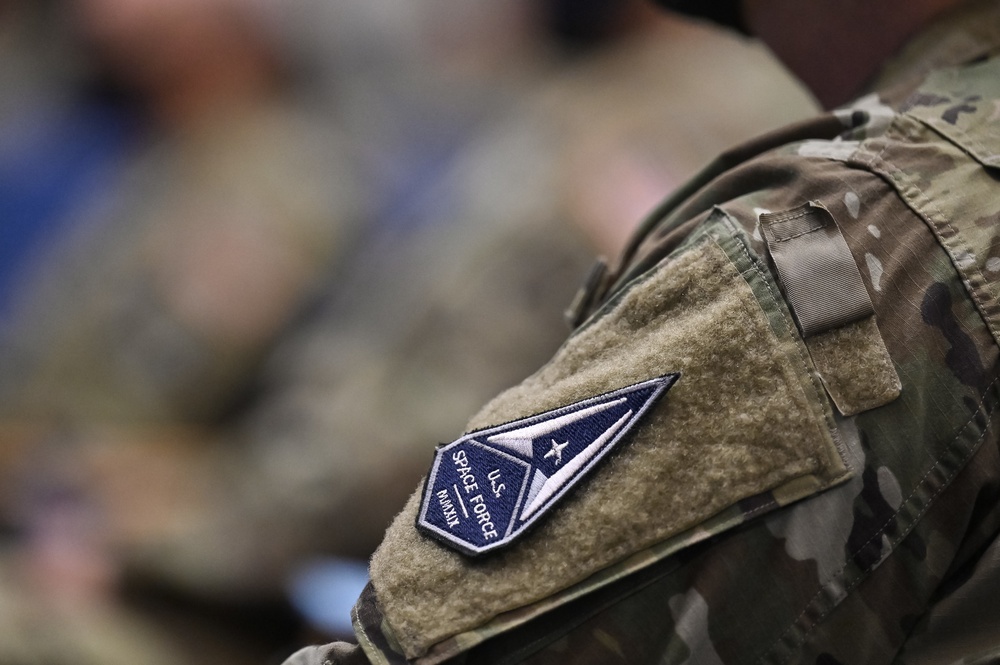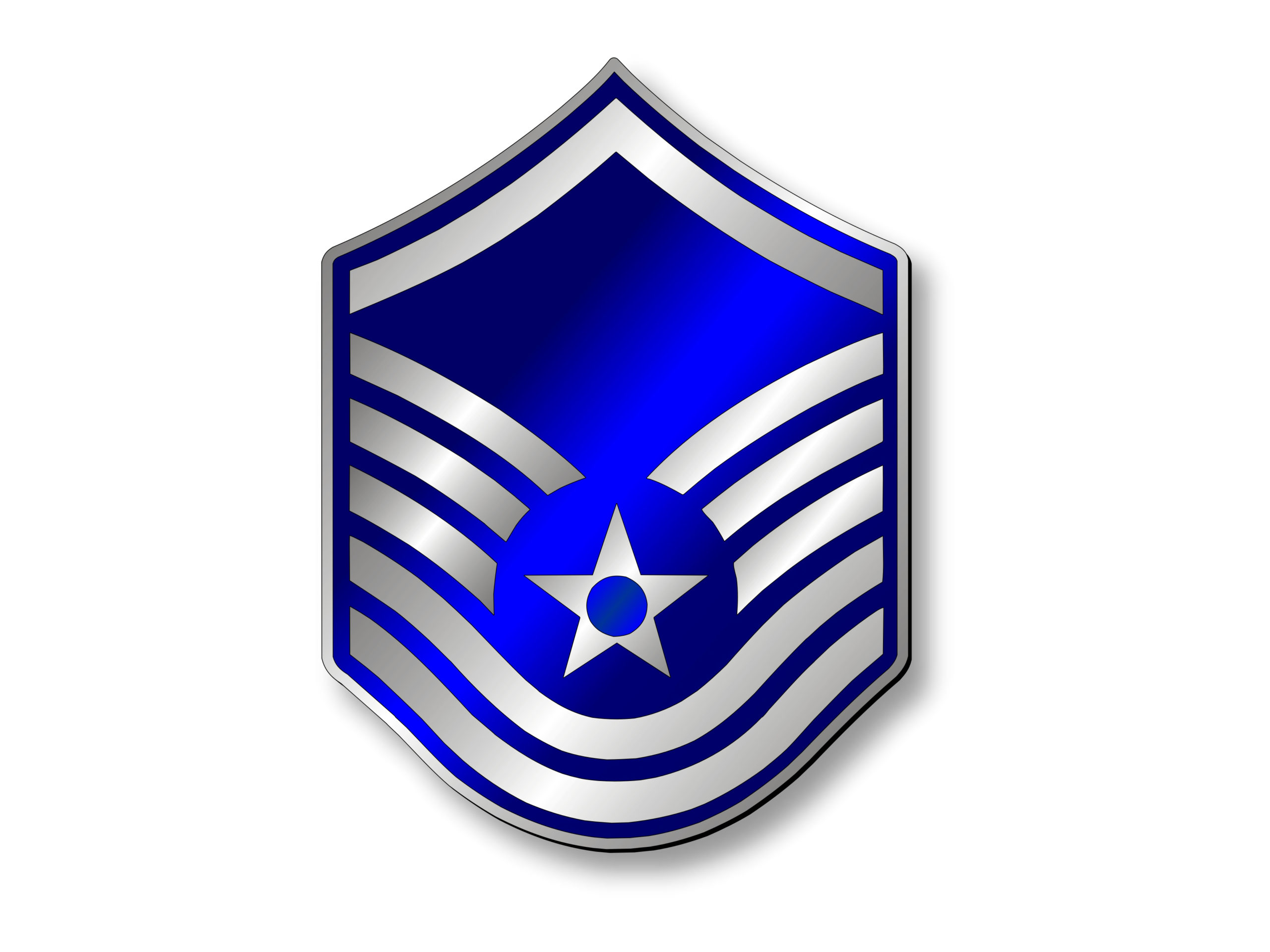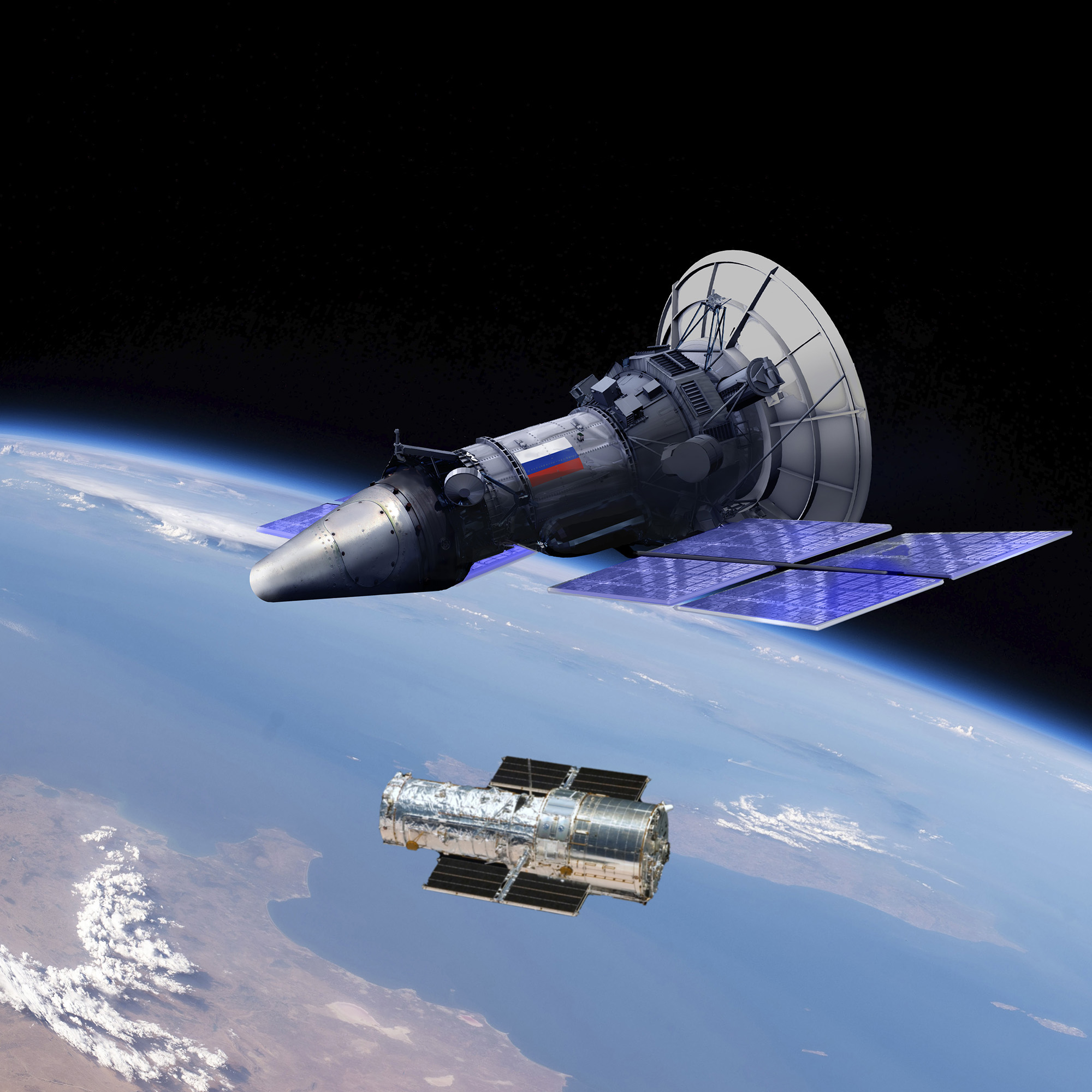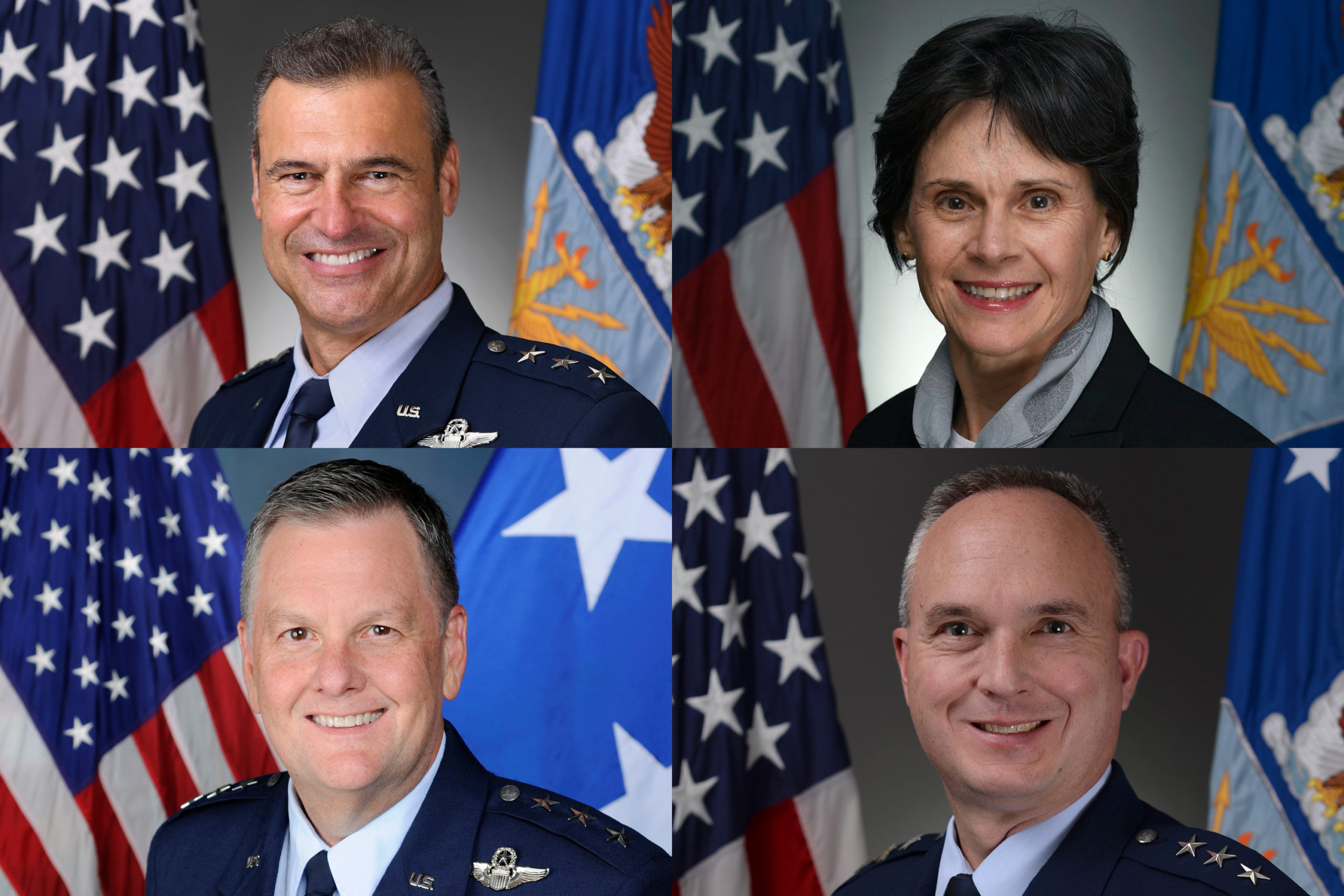As the Air Force presses forward with its concept of agile combat employment, relying on small teams of multi-capable Airmen to operate in austere locations and move quickly, the service’s surgeon general is considering ways the Air Force’s medical personnel can also become “increasingly modular, lighter, [and] leaner,” he told lawmakers May 25.
The Air Force Medical Service, led by Lt. Gen. Robert I. Miller, has been repeatedly tested in recent years, first by the COVID-19 pandemic and then by the evacuation of Afghan civilians in the summer of 2021. And in those crises, medical Airmen “played a crucial role in supporting the demands of the Department of Defense and our Nation,” Miller said in his written testimony to the House Appropriations defense subcommittee.
AFMS helped to transport patients critically ill from COVID-19 and established field hospitals at multiple locations to assist Afghan refugees.
But moving forward, Miller wrote, the medical service is “re-imagining the design and future of our readiness capabilities.”
“We must build on past success, but be willing to break the cultural norms that say, ‘things have always been done this way,’” Miller wrote. “We are exploring and challenging our previous decisions about the size and types of clinical teams, and how to best train and sustain their skills. We believe innovation and fresh ideas will enable us to be more resilient and expand these teams’ capacity within the current AFMS end strength total.”
As part of that re-imagining, AFMS is undertaking a pair of reviews on critical medic response capabilities: forward-deployable teams and the Expeditionary Medical Support system.
In the first case, the service is looking to move away from a “one size fits all” approach for its ground deployable medical teams so that they are more adaptable to combatant commanders’ needs, Miller said. As part of the review process, Miller said, AFMS wants to “validate [teams’] size, scope and capabilities relative to the future fight and technological changes.”
On the second front, the Expeditionary Medical Support System (EMEDS) is essentially a tent-based field hospital, equipped with “modular, medical response packages and equipment” for use in humanitarian aid, disaster relief, or in wartime. The Air Force Medical Service has kept the system ready to go for both the COVID-19 pandemic and for assisting Afghan refugees, Miller noted.
Still, “the EMEDS was initially designed two decades ago,” Miller wrote. “It is time for a full review of the capability, exploring needs related to increased modular functions, operations in contested and degraded environments.”
Both review processes will be completed before the end of 2022, Miller wrote, with a goal of providing commanders “with greater flexibility and range of options with advanced care that is highly mobile and ready to operate in the most challenging of environments.”
Operating in contested and degraded environments is precisely what the Air Force has said agile combat employment, or ACE, is aimed at accomplishing—creating so-called “multi-capable Airmen.” AFMS has its own version of multi-capable Airmen as well—the Medic-X program.
Medic-X has been going for several years now, aimed at teaching Airmen in non-patient care career fields “to provide base-level medical support” in events like mass casualty scenarios where traditional medical capabilities are overwhelmed, by taking vital signs, administering IVs, or documenting care.
Such skills could be necessary in future conflicts, Miller argued, when medics may need “to hold and treat patients in deployed settings for longer periods than in the past. We are actively evaluating how our teams can remain agile and leverage technology to provide trusted care.”
